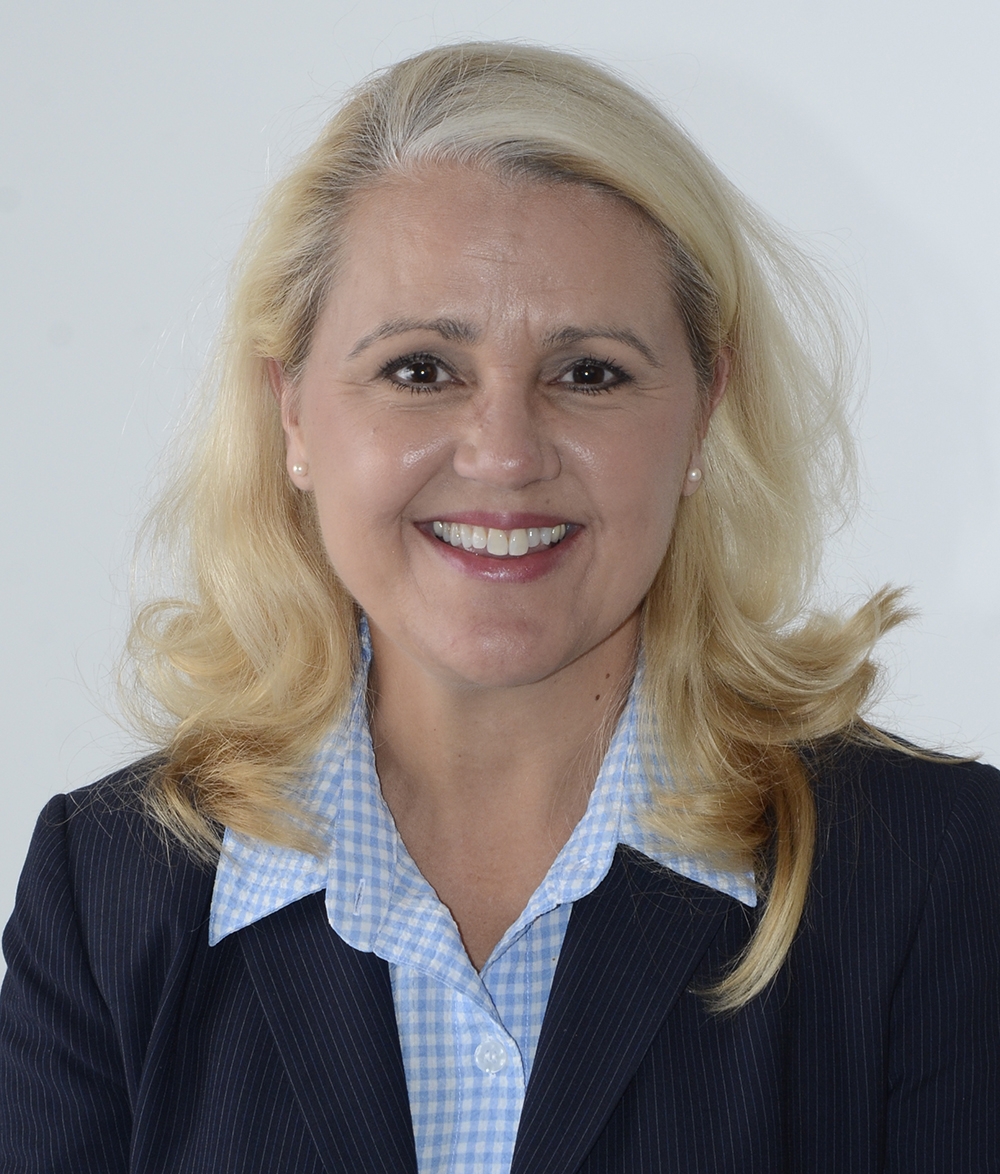Twenty three of America's 50 states have a saltwater coastline, according to the National Oceanic and Atmospheric Administration.
Our minds immediately recall Hawaii, Florida and California as having expansive access to the ocean. But the scale of coastline with sea access is rather impressive for many states:
* Alaska has 6,640 miles.
* Florida has 1,350 miles.
* California has 840 miles.
* Hawaii has 750 miles.
* Louisiana has 397 miles.
The importance of this fact isn't related to tourism but to natural resources, access to water and questions about why technology and innovation are not being incentivized while environmental regulation rules the day.
On April 1, California Gov. Jerry Brown imposed water restrictions on residents because of a rainfall shortfall that has left puddles in place of reservoirs. Some communities are expected to reduce water use by 35 percent.
The fight over water in the Golden State boils down to prioritizing urban consumers and tourism, agricultural and ranching demand, and natural ecosystems.
California's Department of Water Resources records that farming "accounts for about 41 percent of applied water usage," and just over "48 percent is reserved for environmental purposes."
Two examples of an environmental purpose: In winter 2013, to protect the 3-inch delta smelt, the Environmental Protection Agency mandated that 800,000 acre-feet of water be flushed into the San Francisco Bay, followed by an additional 445,000 acre-feet in spring 2014, to guarantee the appropriate ecosystem of the upper Sacramento-San Joaquin Estuary, according to a June 2014 Wall Street Journal report.
Why is the EPA allowed such influence in making decisions in states that don't best represent the interests of citizens?
That water could have irrigated just over 3 million households and simultaneously watered 600,000 acres of farmland in the state that produces more than half of America's fruits and vegetables. The Wall Street Journal quoted the University of California-Davis' News & Information post of July 15, 2014, that "the greatest water loss ever seen" in California agriculture resulted in the loss of 17,000 seasonal and part-time jobs.
Serving as America's major supplier of fruits and vegetables as well as being the nation's top dairy producer makes for a thirsty state. News articles have detailed the amount of water needed to produce common foods: A single almond requires one gallon of water; one cup of Greek-style yogurt requires 90 gallons of water; one stick of butter requires 109 gallons of water; and one tomato requires 3.3 gallons of water.
But back to California's 840 miles of coastline access to the Pacific Ocean: Where's the technology, innovation and incentives on desalination, the removal of salt from sea water? The same question should be asked of Georgia and Alabama, which have 100 and 53 miles of access to the sea, respectively.
Other countries have figured it out. Israel's domestic water supply is 40 percent desalinated sea water, with Australia and Saudi Arabia also heavily reliant on the sea for water.
Sure, conservation is a part of our lives. But our daily existence and the prospects of increased demand on a key natural resource for our economic growth are pointing to an obvious solution. We do have water, water everywhere, and it can be desalinated to drink.
Robin Smith is past chairwoman of the Tennessee Republican Party and owner of Rivers Edge Alliance.

